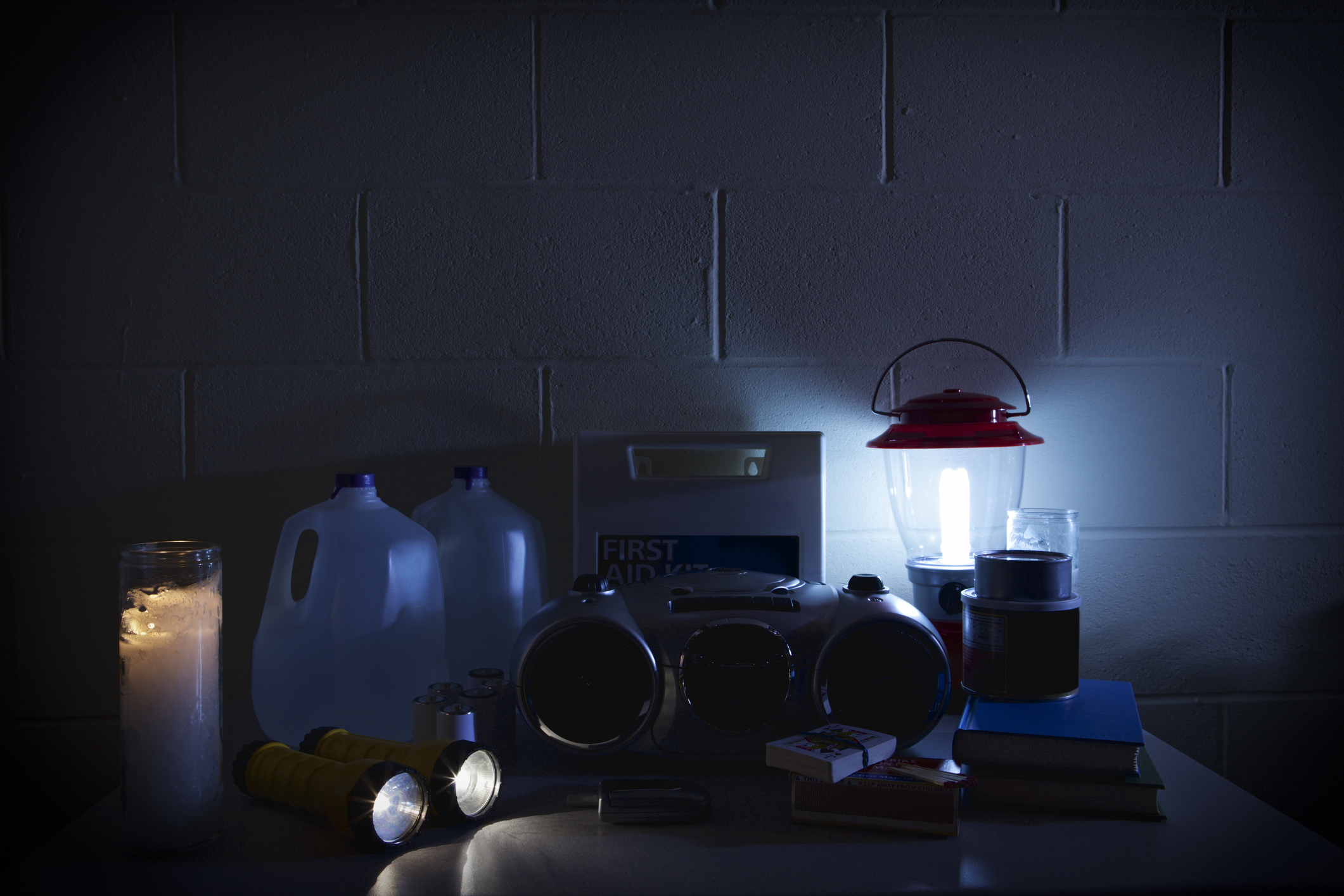
Tens of millions of people were left in the dark when power outages shut down portions of Spain, Belgium and Portugal last week. Then, a few days later, Bali in Indonesia also experienced a widespread outage.
These events were a reminder that the grid systems used to transmit our power are fragile due to age, increased load demand and climate change.
When the power goes out, it might not seem like a big deal for many. However, if you need power for medical devices, like oxygen concentrators, or you need a cool environment given your health conditions, then it takes on an elevated sense of importance.
To prepare your home for a possible power outage, here are a few things to consider.
Prevent power outages with a home generator
A whole home generator can help you bridge the gap between when a power outage happens and your utility turns it back on.
Some of the best generators run on gasoline or propane. That means when the fuel runs low, you can refill it and run it continuously.
They're not cheap by any means, but you can find great options through your local hardware store or online:
It's important to note home generators are not a one-size-fits-all solution. Ideally, you'll want to consider the appliances you need powered during a blackout, then calculate the wattage to ensure the generator can handle your home's demand.
Moreover, costs could play a role in whether you want to pull the trigger. Home Advisor notes whole home generators run from $1,538 to $8,821, with power capacity, brand, installation costs and permits being price drivers.
You'll also want to conduct maintenance on it annually or consult a pro to do so. Ideally, you'll want it inspected before the winter or summer months, when inclement weather becomes a more frequent visitor.
If your area isn't prone to many power outages but you want to have something prepared in case it does go out, consider a portable generator.
Portable generators are great for powering everything from small devices to appliances. And you won't have to fork over a ton of money or do extensive construction to accommodate them.
Go green, gain energy independence

Another way to keep the lights on is to harness the power of the sun. With solar panels, battery backups and generators, they generate electricity from the sun and convert it to AC electricity, which you can use to power items in your home when the lights are out.
Installing a solar system is the most permanent and most expensive solution. Energy Sage estimates the cost to install a system is $29,000, but there are tax incentives which lower overall costs.
To demonstrate, the Federal Solar Energy Credit gives you 30% back of your total solar system cost to apply to your taxes. Using the $29,000 total cost estimate from Energy Sage, it means you could save up to $8,700 with this federal tax credit.
Your state might also have separate incentives to lower the total costs more. To demonstrate, New York offers homeowners up to 25% back of their total costs, up to $5,000 with the New York Solar Energy System Equipment Credit.
Moreover, with solar panels you gain energy independence.
It means you don't have to rely on the grid as an energy source, which can come in handy when power outages happen. Then there's the fact your solar panels produce their own energy, so you won't have to worry about high energy bills.
If you don't want to fork over tens of thousands of dollars, there are less expensive and more temporary measures available. Portable options and battery backups can keep power available when you need.
Prices depend on capabilities and what you want charged during an outage. If you don't encounter them often and just want a small system to have around in case, portable solar chargers are not bad options to consider.
Other gear for power outages
The Red Cross has a helpful list of items to include when preparing for an outage. Here's a look at some of the essentials:
- Coleman Chiller 48qt Insulated Portable Cooler with Ice Retention & Heavy-Duty Handles - $39.99
- Lepro LED Camping Lanterns Battery Powered - $15.99
- Esky Emergency Hand Crank Radio 7400mWh with 3 LED Flashlight, AM/FM/NOAA Portable Weather Radio with Power Bank Phone Charger - $16.90
- Johnson & Johnson All-Purpose Portable Compact First Aid Kit - $16.51
- Energizer LED Rechargeable Plug-in Flashlights - $58.99
- Portable Neck Fan, Hands Free Bladeless Fan, 360° Cooling Personal Fan - $26.99
- GearLight 2Pack LED Headlamp - $11.99
- INIU Portable Charger, Slimmest 10000mAh 5V/3A Power Bank - $15.99
- Duracell Coppertop AA Batteries with Power Boost Ingredients, 24 Count Pack - $18.64
On the perishables end, have one gallon of water per person per day set aside. It's also ideal to have ample non-perishable food and at least a seven-day supply of any prescriptions you take.
All told, we're entering the season where power outages are a more frequent occurence. Adopting some of these measures can help you remain comfortable and safe, when they happen.







